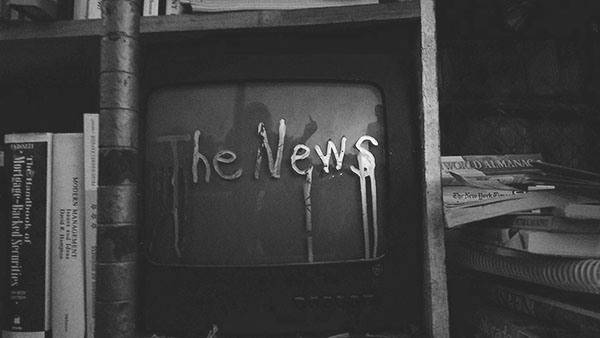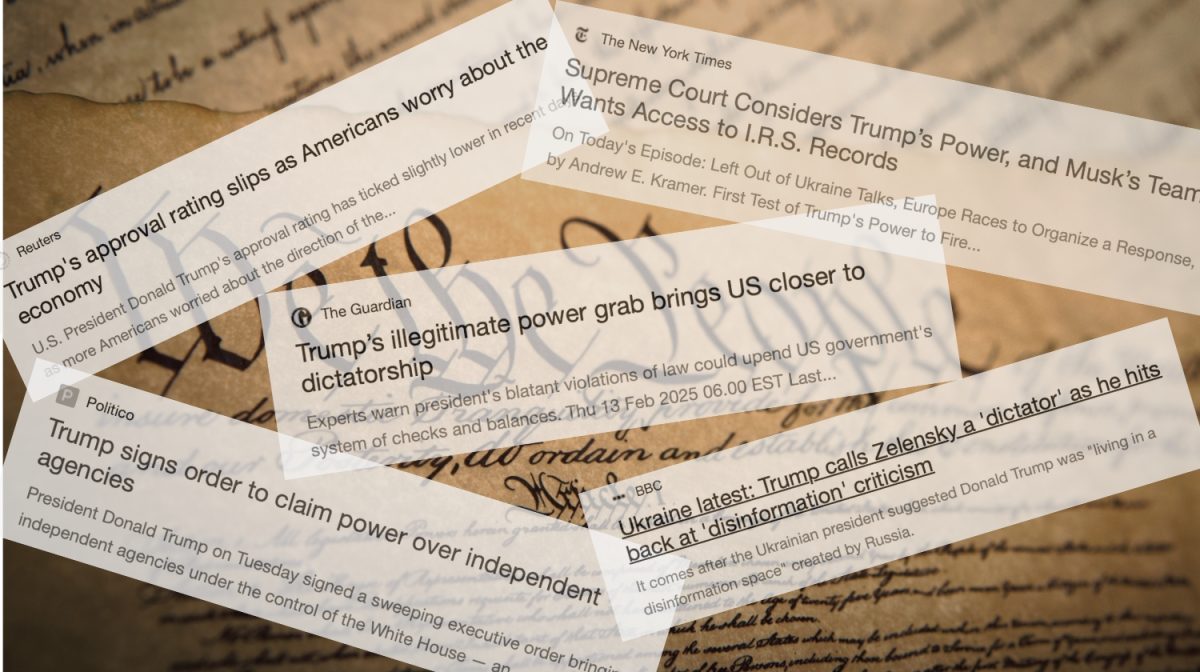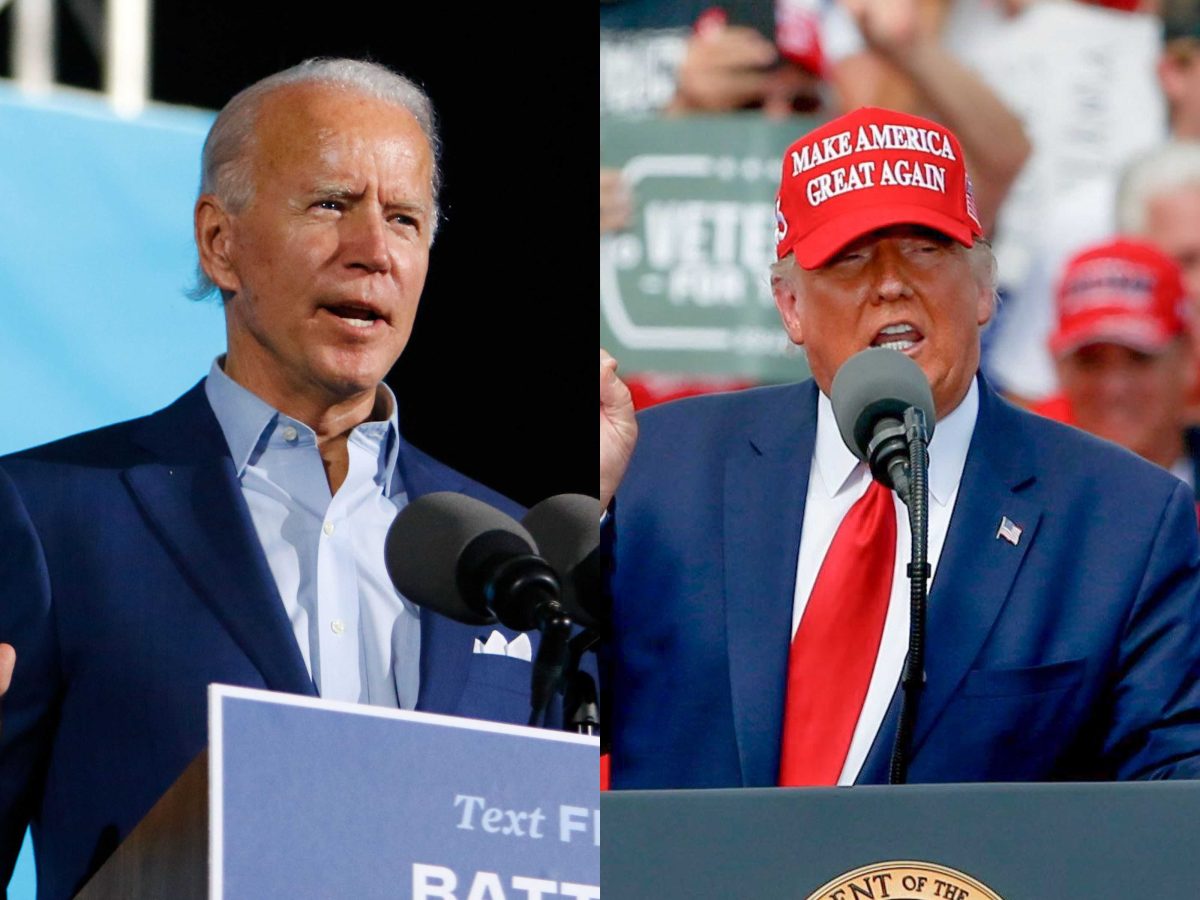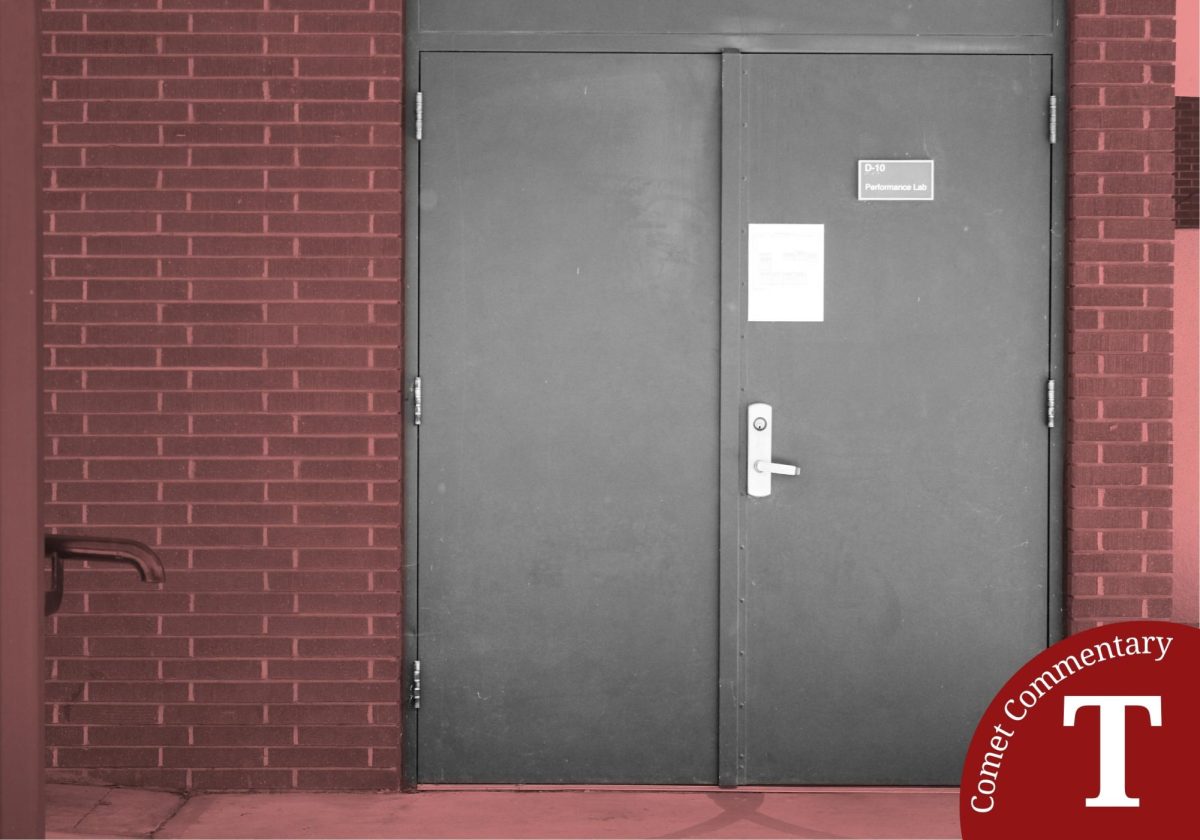In the modern press and media outlets there is a large amount of skepticism and pessimism that continues to grow within its own base.
Fake News, also known as Yellow Journalism, is defined as a way to steer motive through the exaggeration of stories. Stories use emotion to draw in readers such as “Was He Suicidal?” as the headline in the front page of a newspaper which catches the attention of readers.
Fake News is the next generation of Yellow Journalism. Current events fake news is used for political motives such as in the scandal on the death of Seth Rich, who at the time was a DNC Staffer whose death was posed by many wild rumors that stirred from inside Trump’s administration and within FOX news.
The problem with sensationalism is that it can take a wild rumor from the internet and can create a domino effect, creating a fabricated story and making a real problem out of it.
With Rich, the case remains unsolved. It was said back when it happened in 2016 that he was shot, and that this may have been due to his connection to WikiLeaks. None can confirm it. Many newspapers claimed that Trump and the White House created fake news surrounding the story in order to get people to look more into the reasons behind his death than the impending news around Russia.

Was this conspiracy true? It turns out it wasn’t, and that the fabricated lie that was told on behalf of Trump’s inner workings with FOX news was all just one big, wild story. It not only slandered Rich’s name, but it threw shade on fake news and the threat it poses to real journalism.
One such fabricated and recently popular example of fake news was last year’s fiasco on the conspiracy involving a family-owned pizza restaurant called Comet Ping Pong located in Washington D.C. In an article posted on Twitter, 4chan as well as Reddit had claimed that former presidential candidate Hillary Clinton and Former chief of staff John Podesta were running a human traffic ring that would lead to the infamous conspiracy called Pizzagate.
Soon the restaurant was under threat by people who had believed in the story. Days later the restaurant was under attack by a North Carolina man named Edgar Welch, in which he had fired a couple rounds from his AR-15 rifle and proclaimed he was to “self investigate” the Pizzagate conspiracy. He found no evidence of child trafficking and later turned himself in to the police.
Why does this effect readers? Us as Americans are always passionate and tempestuous when it comes to children, because most Americans have children and to hear politicians running a child sex ring is horrid and obscene, which makes us disgusted and drives us to take the law into our own hands, such as the case with Edgar Welch.
What does this do then for us, as readers? We know that as readers, we should be well concerned that not just FOX news or CNN , but all news outlets should be in question. If sensationalism really is that easy to create, and even easier to make people believe, then how often has it effected us? And where is the line between sensationalism and ethical journalism?
Sensationalism is being used more and more rather than using ethical journalism for news coverage. We must delve deep at who owns these news outlets. During the 1980s over 50 companies had owned different news coverage and now in today’s age, only six big companies own the media.
We take a look at one of the big news outlet CNN, this particular news outlet is owned by Time Warner the same company that gave millions of dollars to Hillary Clinton and sparked an outrage of CNN commentator Donna Brazile who had secretly given the debate questions to the Clinton campaign during the 2016 election cycle.
We take a look at NBC news which is owned by GE (General Electric) and its current CEO Jeff Immelt, sits in the advisory council for President Trump. As we can clearly see we just have to find the money trail and be more skeptical when we watch news coverage.
With readers being more and more unclear between what is true and what is a lie, we have to be more diligent and be more aware of what we read because fake news is like a dense fog that surrounds the truth and is now up to us as readers to be more critical thinkers and skeptics in this vast era of information.













